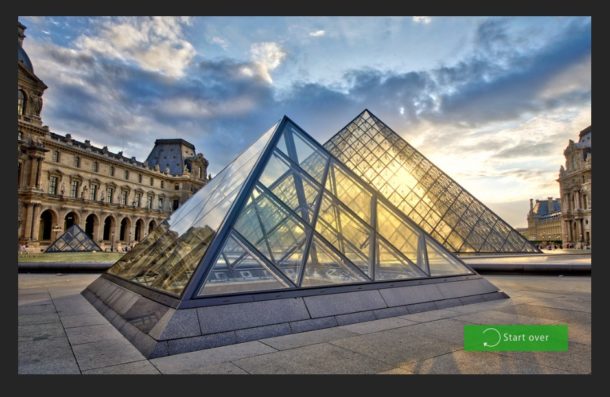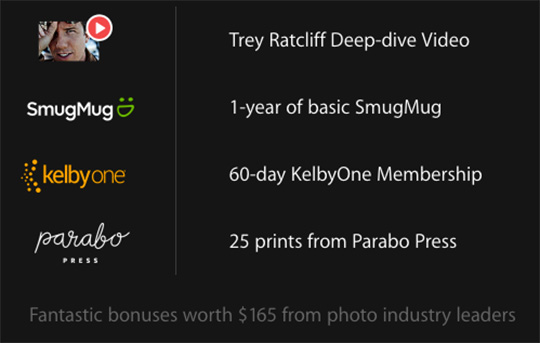

While 4 GB is sufficient, 8 GB or more will make the HDR merging process run faster and smoother. However, as with any HDR software, memory is a key component of the rendering process. You need only half the memory of Aurora HDR (4 GB). Although version 6.3 has a 60% increase in performance, the system requirements remain the same. Photomatix Pro 6.3 remains the better choice in terms of minimum system requirements.

That being said, the other requirements aren’t too serious. Less than that and it will struggle to run. You’re going to need 8 GB of RAM to make it run smoothly. Is your computer up to the task of running the programs?Īurora HDR is certainly the more power-hungry software.Is either product particularly resource-intensive?.Next, we’ll take a look at system requirements. Aurora HDR Cost: $92.00 one-time payment.The good news is that both programs are great for those working on a tight budget or who don’t want a monthly subscription fee. For each section, we look at both programs so you can see which is the better choice based on factors such as price, system requirements, and tools.
#AURORA HDR PRO VS AURORA HDR 2017 SOFTWARE#
To provide a clear comparison between these two HDR software choices, we have broken this article into different sections. Aurora HDR vs Photomatix Pro 6.3: A Detailed Comparison This includes alignment tools, presets, and basic adjustment tools. It also has a good range of tools for editing your final high dynamic range composition afterward. It has a detailed HDR merging process that gives users complete control. Photomatix Pro 6.3 is a comprehensive program. And it supports the M1 Apple processing chip. It also adds support for Canon EOS R and Nikon Z cameras and their associated RAW file formats. This version includes an HDR merging performance improvement. Photomatix Pro 6.3 is the latest version of this popular Photomatix HDR software. Does not have the same level of post-processing tools


 0 kommentar(er)
0 kommentar(er)
